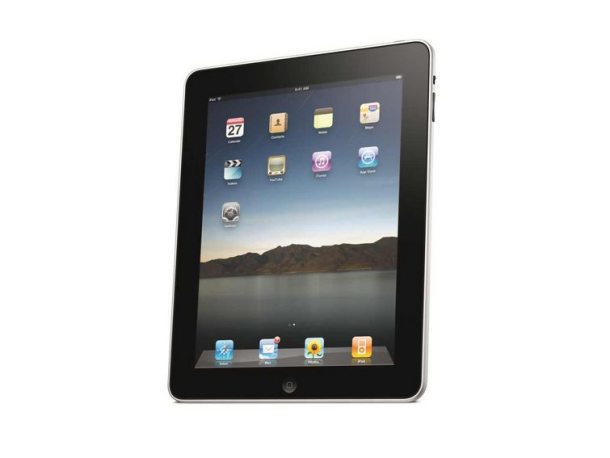Apple's iPad goes to campus: A look at the opportunities, hurdles

A bevy of universities have Apple iPad pilots underway. Loyola is using the iPad for e-textbooks in its executive MBA program with a blended app suite for alumni collaboration. Duke University is testing the iPad in field research. Abilene Christian University has limited iPad testing in the classroom to build on an iPhone program started in 2008.
Those pilots represent a few initial efforts for iPad adoption on campus. Sybase's Eric Lau has a Google spreadsheet with more. The wild-card is whether universities are ready for the shift.

But Bonig's points are notable because they also apply to corporate settings. Looking at the agenda here, Apple in the enterprise could be the big theme. Last year's conference illustrated the CIO interest in Google and its corporate email offering. This year's conference has the heaviest dose of Apple I've ever seen.
Among the key themes to ponder as iPads invade universities:
- Is there enough bandwidth? Bonig said that campuses have to assume every student has a mobile device. The game changer with the iPad is that it is optimized for rich media and graphics. Bonig's presentation noted:
Institutions that have already fitted out their academic buildings with ubiquitous wireless will need to reassess the number and placement of Wi-Fi points as an increasing number of faculty members begin to use mobile devices and rich media in their classes. Unfortunately, what looked to be a technology-enhanced classroom two years ago may be inadequate in the next few semesters, if not now.
- How is the iPad used on campus? According to Bonig, the biggest reason the iPad is a campus hit---and a major player in education---is battery life. Classrooms don't have enough power outlets so the iPad is the only device that can get you through a day of classes. Bonig also highlighted obvious items like e-book capability, sharing and a store that has educational apps, the battery life carries the day.
- K-12 adoption is iffy. Why? The iPad doesn't have native monitoring. "If you are going to give underage students a device which can easily access the Internet for research and other uses, you had better have a way to monitor what they are doing," said Bonig.
- Multitasking will matter? Notebooks still have one key advantage: A student can multitask. The iPad can't. As e-learning systems, e-portfolios and student IT systems are optimized the lack of multitasking will hurt the iPad, said Bonig. However, Apple is also likely to add multitasking at some point too.
- The iPad has classroom limitations---no USB port is a big one---but can enable multimedia learning.
- Education adoption isn't a slam dunk with the iPad. "Surveys have shown that a significant percentage of instructors not only do not use technology in the classroom, they also ban students from using technology in the classroom," said Bonig. Of course, he also cited demographics. As old instructors go out to pasture, technology will be used more.
- Technology is being adopted and iPad is in a good position. Social software is being used in the classroom for discussion and Twitter makes an appearance. Meanwhile, SharePoint and Google Apps are facilitating collaboration.
Bonig noted in his presentation:
Though it is still early days, and we're just now in the middle of the first full semester since the iPad's release, there are a number of pilots and experiments happening around the country in higher education institutions.
Most of these efforts are small and are limited at this time to a program or a specific curriculum, though several institutions are issuing iPads and will conduct some larger-scale experiments. It wasn't so long ago, however, that a few institutions were issuing iPods and then iPhones to students. Most of those initiatives have ended, however, while generic laptops and notebooks, multiprocessing devices with wide applicability, have maintained their presence on campus.
- And the final lesson from Bonig may be most notable: Don't get locked in.
AT&T to sell iPads direct to the enterprise
- The truth about iPad: It’s only good for two things
- 20 apps that play to the iPad’s strengths
- Forrester: Apple’s iPhone, iPad secure enough for enterprises, but RIM rules security roost
- iPad Office app showdown: Four apps to help you get work done
- Apple’s iPad, iPhone and an enterprise halo effect
- AT&T exec: 4 out of 10 of our iPhone sales to enterprises
- Apple’s quiet iPhone enterprise efforts yield results
- Apple iPad: Breaking through in the enterprise
- Tech bigwigs in love with Apple’s iPad, push business case
- Apple: 3 million iPads in 80 days
- Apple iPad: The business review
- Apple iPad: The five biggest annoyances
- Photos: Useful apps for Apple iPad
- Apple iPad: Is there an ROI for business?
- Apple iPad for business: Three reasons to love it, three reasons to ignore it